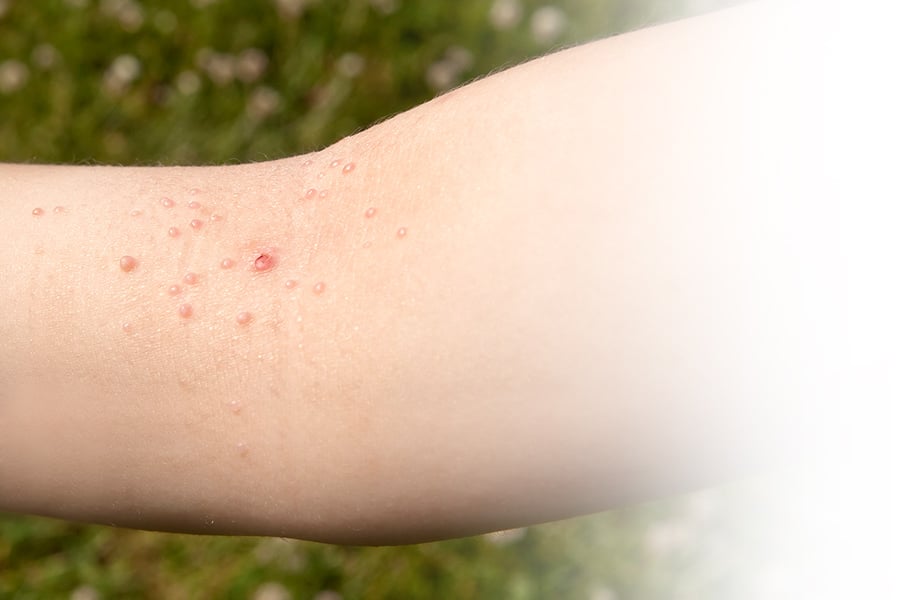The first step to minimizing scarring after warts removal surgery is understanding how your skin heals. After removal, your body begins a natural repair process that includes inflammation, tissue regeneration, and collagen remodeling. Scars form when the skin produces excess collagen or when healing is disrupted. Knowing what to expect helps you identify early signs of complications and respond with appropriate care. Patience is also key—scars take weeks or even months to mature and fade.
Keep the Wound Clean and Moist:
One of the most effective ways to reduce scarring for Warts Removal Surgery (ما هو أفضل علاج لإزالة الثآليل؟) is by keeping the wound clean and moist during the healing period. Clean the area gently with mild soap and water—avoid alcohol or hydrogen peroxide, as they can irritate the skin. Apply a thin layer of petroleum jelly or an antibiotic ointment as directed to keep the wound moist. This prevents the formation of hard scabs, which are more likely to leave noticeable scars when they fall off. Cover the wound with a sterile, breathable bandage for protection.
Avoid Touching or Picking at the Site:
Touching, scratching, or picking at the healing wound significantly increases the risk of infection and scar formation. This is particularly tempting when the area becomes itchy or scabs begin to form, but interfering with the healing process can disrupt the delicate balance needed for minimal scarring. Keep your hands clean and away from the wound. If itchiness becomes unbearable, use cooling gels or compresses that are safe for healing skin.
Protect the Area from Sun Exposure:
UV radiation is a major factor in worsening the appearance of scars. Newly healed skin is especially vulnerable to sun damage, which can cause hyperpigmentation and make scars more visible. Once the wound has closed, begin applying a broad-spectrum sunscreen with at least SPF 30. Reapply it every two hours if the area is exposed to sunlight. You can also wear clothing or bandages to shield the site from direct sun during the day.
Use Silicone-Based Products for Scar Reduction:
Silicone gel sheets or silicone-based scar creams are clinically proven to reduce the appearance of scars. They work by creating a protective barrier that hydrates the skin and regulates collagen production. Begin using these products once the wound has completely closed and the skin is no longer broken. With consistent use over several weeks, silicone can flatten raised scars and reduce redness, making them less noticeable over time.
Massage the Area Regularly:
Gentle massage of the healed area can improve blood flow, reduce stiffness, and help scars heal flatter and smoother. Use a moisturizing lotion or vitamin E oil and massage the scar in circular motions for about 5–10 minutes twice a day. Begin this practice only after the wound has fully healed and shows no signs of infection or inflammation. Regular massage helps break down scar tissue and prevents it from becoming raised or uneven.
Stay Hydrated and Eat a Skin-Healthy Diet:
What you put inside your body plays a crucial role in how well your skin heals. Staying well-hydrated helps maintain skin elasticity and accelerates recovery. A diet rich in vitamins A, C, and E, zinc, and antioxidants supports collagen production and minimizes inflammation. Foods like berries, leafy greens, citrus fruits, nuts, and lean proteins promote optimal skin repair and reduce the risk of thick or dark scars forming after wart removal.
Be Patient and Monitor for Abnormal Healing:
Scars naturally improve in appearance over time, usually becoming flatter and lighter in color. While some improvements are seen within a few weeks, full scar maturation can take up to a year. Monitor the healing area for signs of hypertrophic (raised) or keloid (overgrown) scarring, especially if you have a history of such skin responses. If you notice abnormal thickening, redness, or persistent pain, consider consulting a skincare expert for guidance. Early intervention with the right treatment methods can significantly improve outcomes.
Conclusion:
Minimizing scars after Warts Removal Surgery (علاج الثألول) requires a proactive and consistent skincare routine. From proper wound care and sun protection to hydration and scar massage, each step plays a critical role in promoting healthy healing. While no method guarantees a scar-free result, following these tips will significantly enhance the skin's ability to recover with minimal visible signs. With time, care, and patience, your skin can return to a smooth, even appearance.





Comments